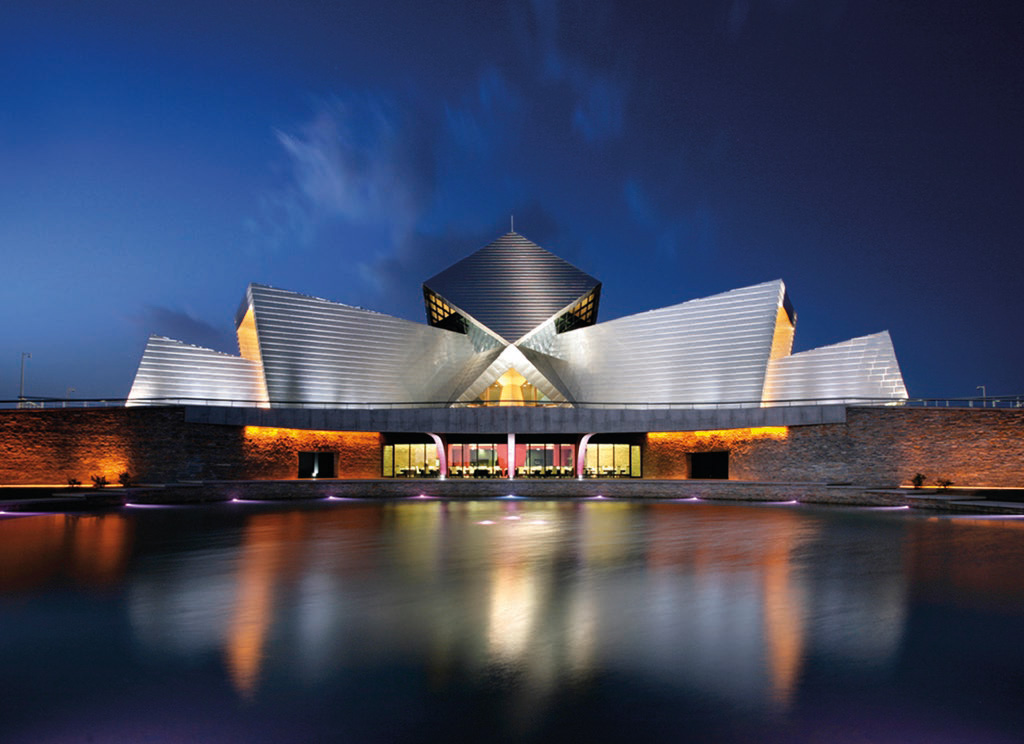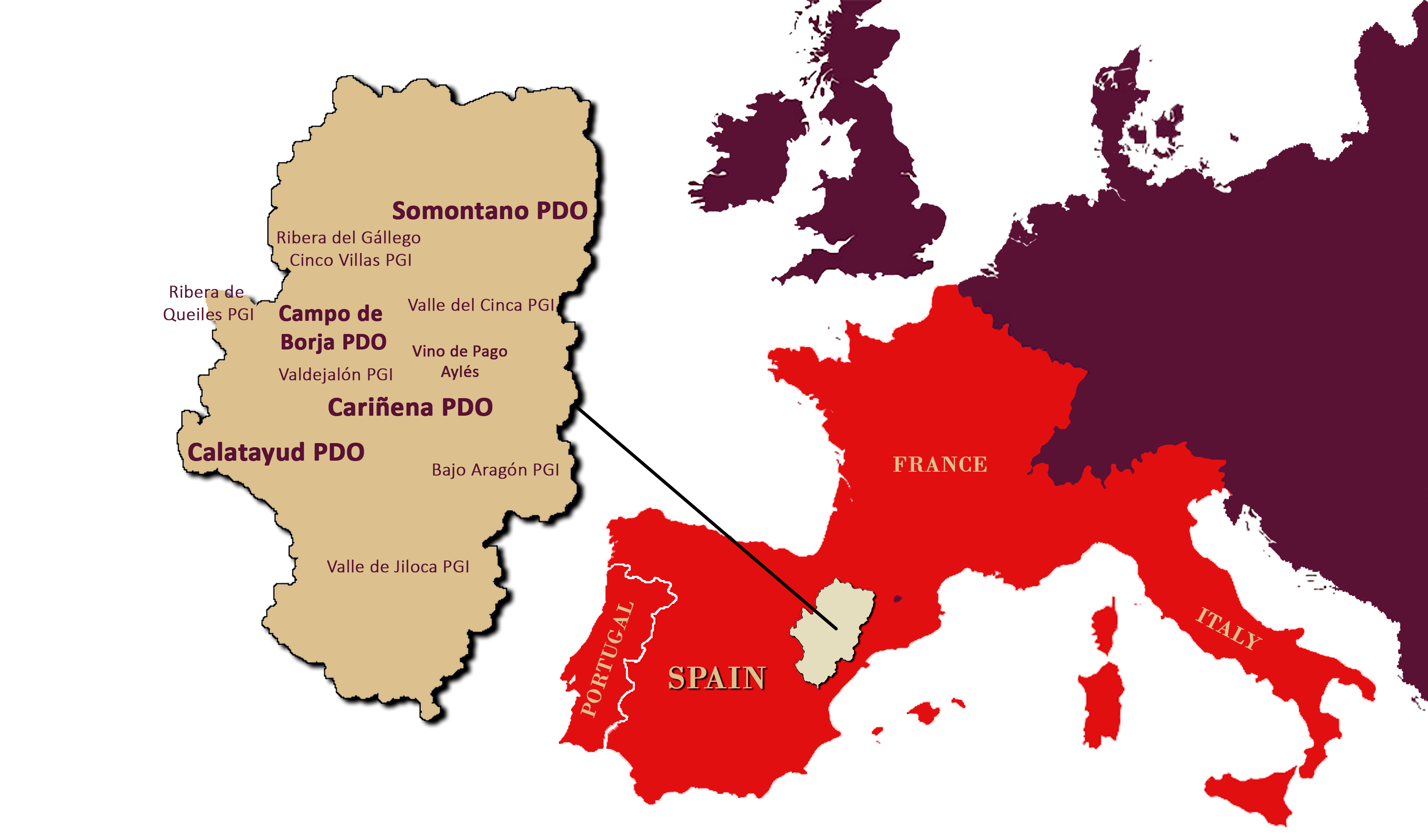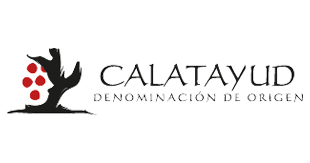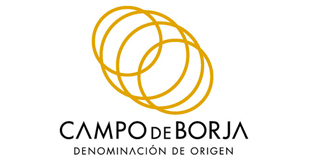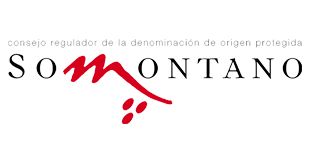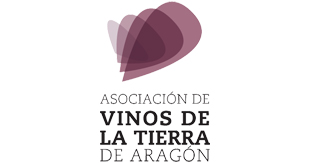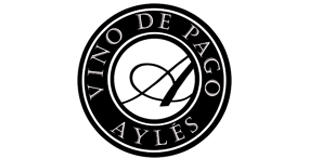International
The birthplace of Garnacha (Grenache) and Cariñena.
With its winemaking activity dating back to 2000 BC, Aragon is home to one of the best-known grape varieties: Garnacha (also known as Grenache following exportation of the vine to France two centuries ago). Thus, it should come as no surprise that some of the best Garnacha wines in the world are produced here, given the ideal climate and soil conditions that saw this variety of grape arise in Aragón. Over 50% of our vines still produce Garnacha grapes; many of these vines are over one hundred years old, such as the one in the photograph.
Cariñena, the origin of a grape, a village, and PDO in Aragón. A dream to recover Cariñena vines.
A touch of international flavour
As a region sharing a border with France, Aragon’s wineries have benefited from international exposure. They were among the first to introduce international grape varieties into Spanish vineyards: Cabernet Sauvignon, Merlot, Syrah and so on and some of these wineries have gone on to become the specialists in these varieties in Spain.
Moreover, our centuries-old traditions have been combined with international and modern tastes and procedures to produce wines that have recently started to receive some very significant international acclaim from experts and enthusiasts alike.
A land in the heart of the wine-producing regions of Europe
4 PDO: Campo de Borja, Somontano, Cariñena and Calatayud.
Vinos de la Tierra de Aragón that joins 6 PGI: Ribera del Gallego – Cinco Villas, Bajo Aragón, Ribera del Jiloca, Valdejalón, Valle del Cinca and Ribera del Queiles.
Aragon is located in one of the most interesting areas for making wine, right in the centre of the major wine-producing regions of Europe. Its landscape is hugely varied, being surrounded by a backdrop of soaring mountains – the Pyrenees, along the border with France, and the Iberian Range – and crossed by the fertile valley of the River Ebro.
Aragon lies right below the northern limit of the Mediterranean climate zone: cold winters, hot summers, strong winds, and dry all year round. Last but not least, the region’s limestone soil is ideal for vines, and is one of the major Spanish quality wine-producing regions.
The Mediterranean terroir: wind, altitude and Spanish sun
The dominant wind in Aragon helps enormously with viticulture and winemaking. The quintessential “Cierzo” (meaning “north wind”), channeled by the Ebro river valley, is a strong, dry and very cold wind that helps mitigate hot temperatures, as well as ensuring healthy vines, preventing diseases and fungus, making a low vineyard intervention policy possible.
As a key ally, the altitudes around effectively provide vines with natural “air conditioning” that helps maintain a good acidity level, with vineyards present all the way up to 3,000 feet (or 1100 m). Lastly, exposure to the sun and a warm climate complete the equation for an ideal scenario of diverse soils.

